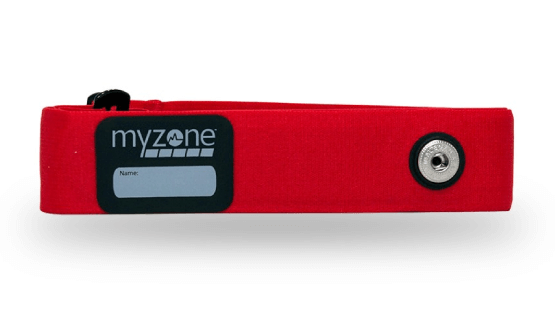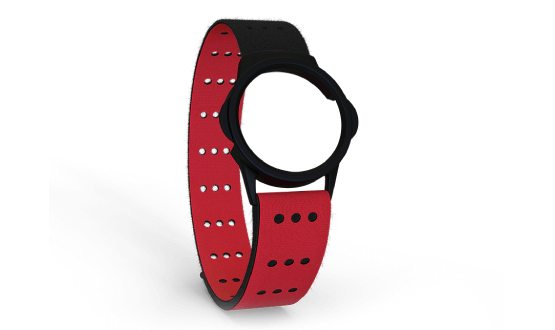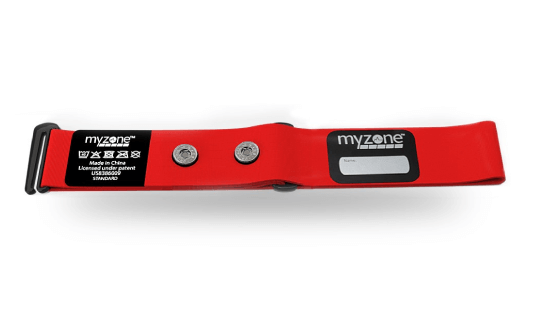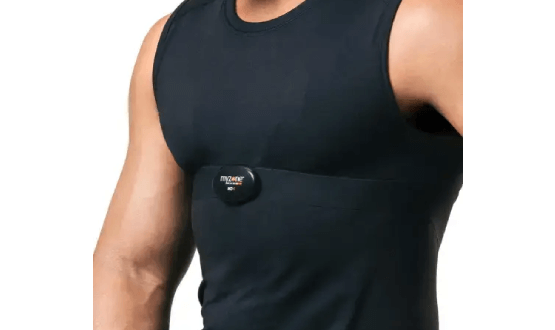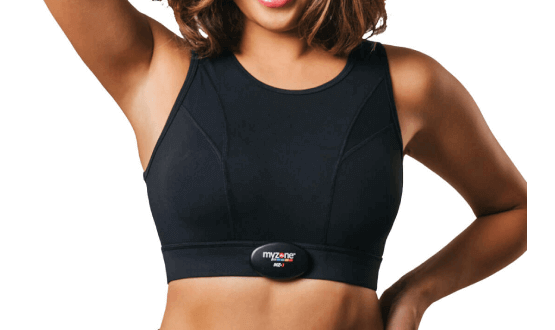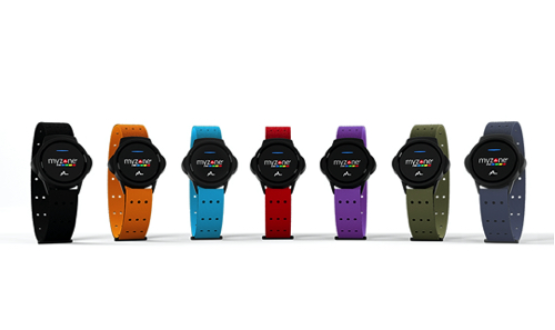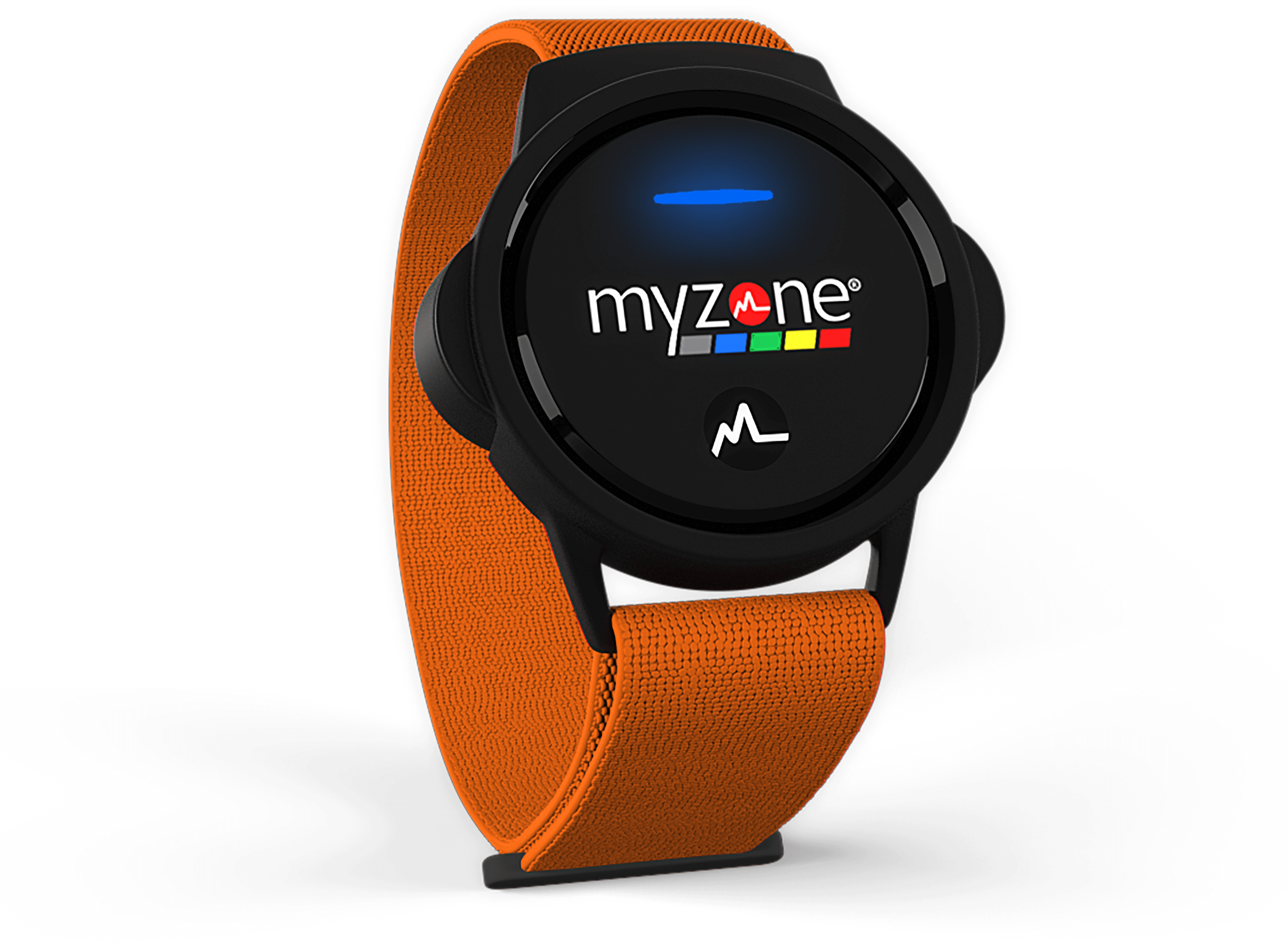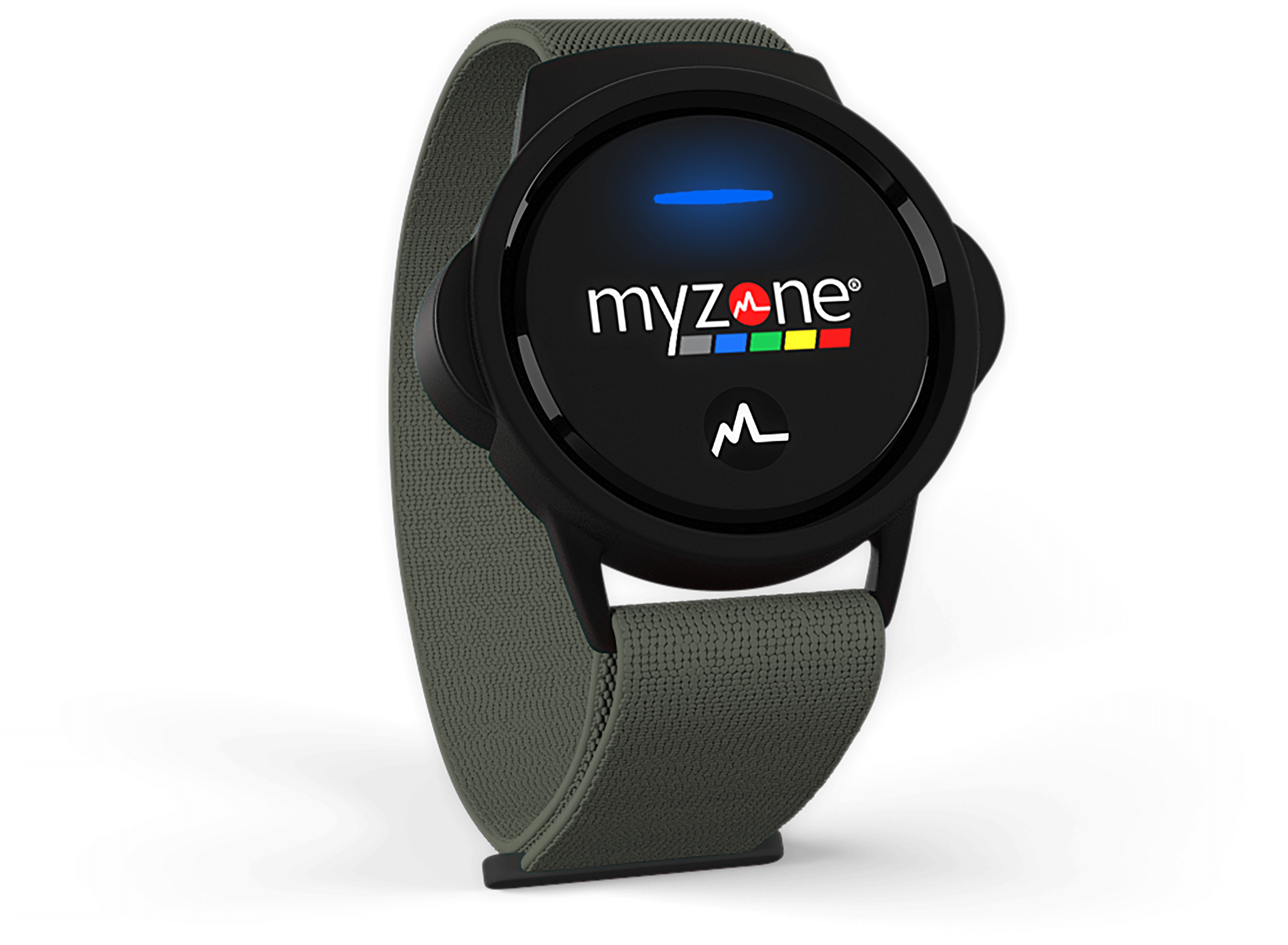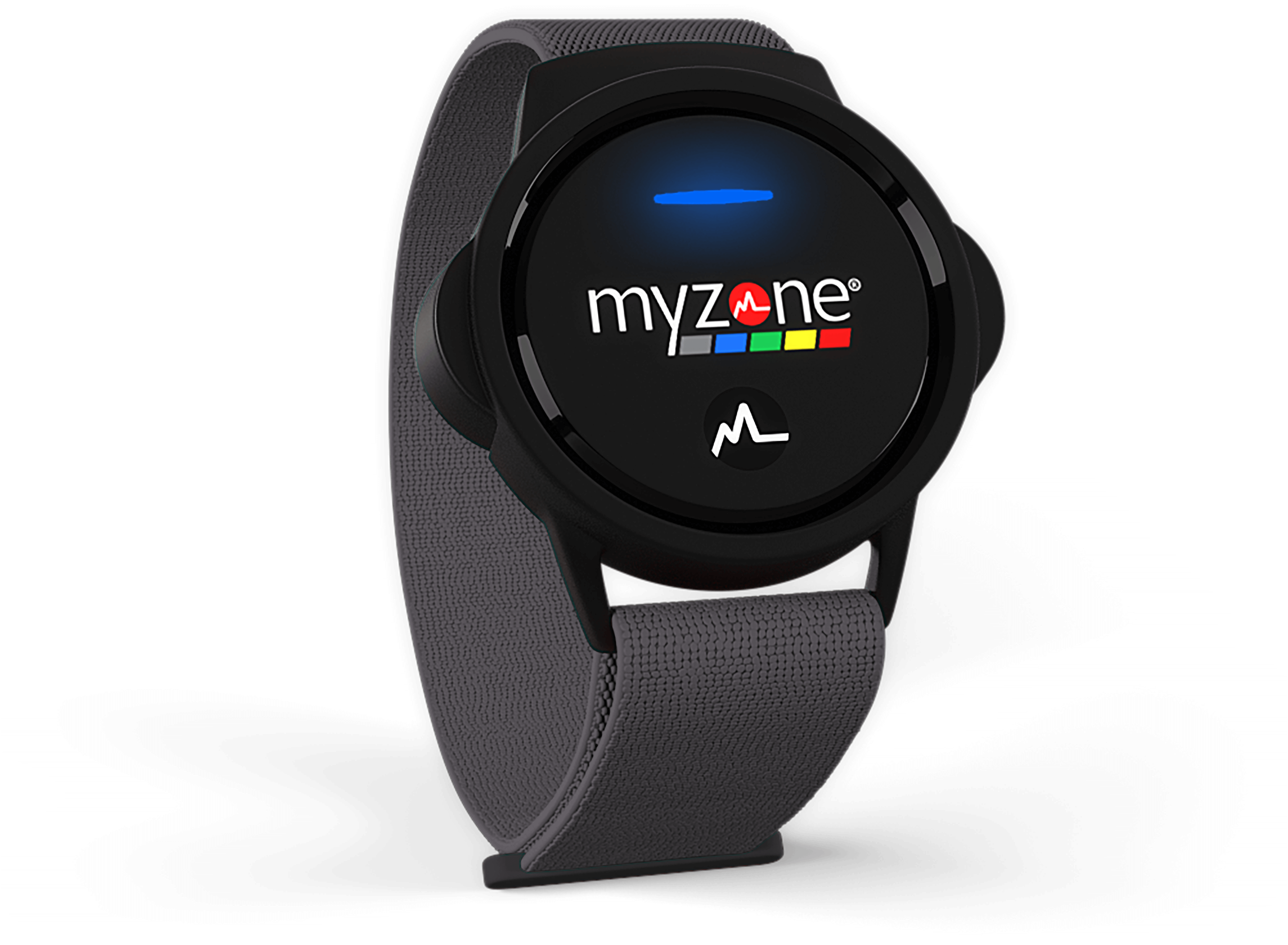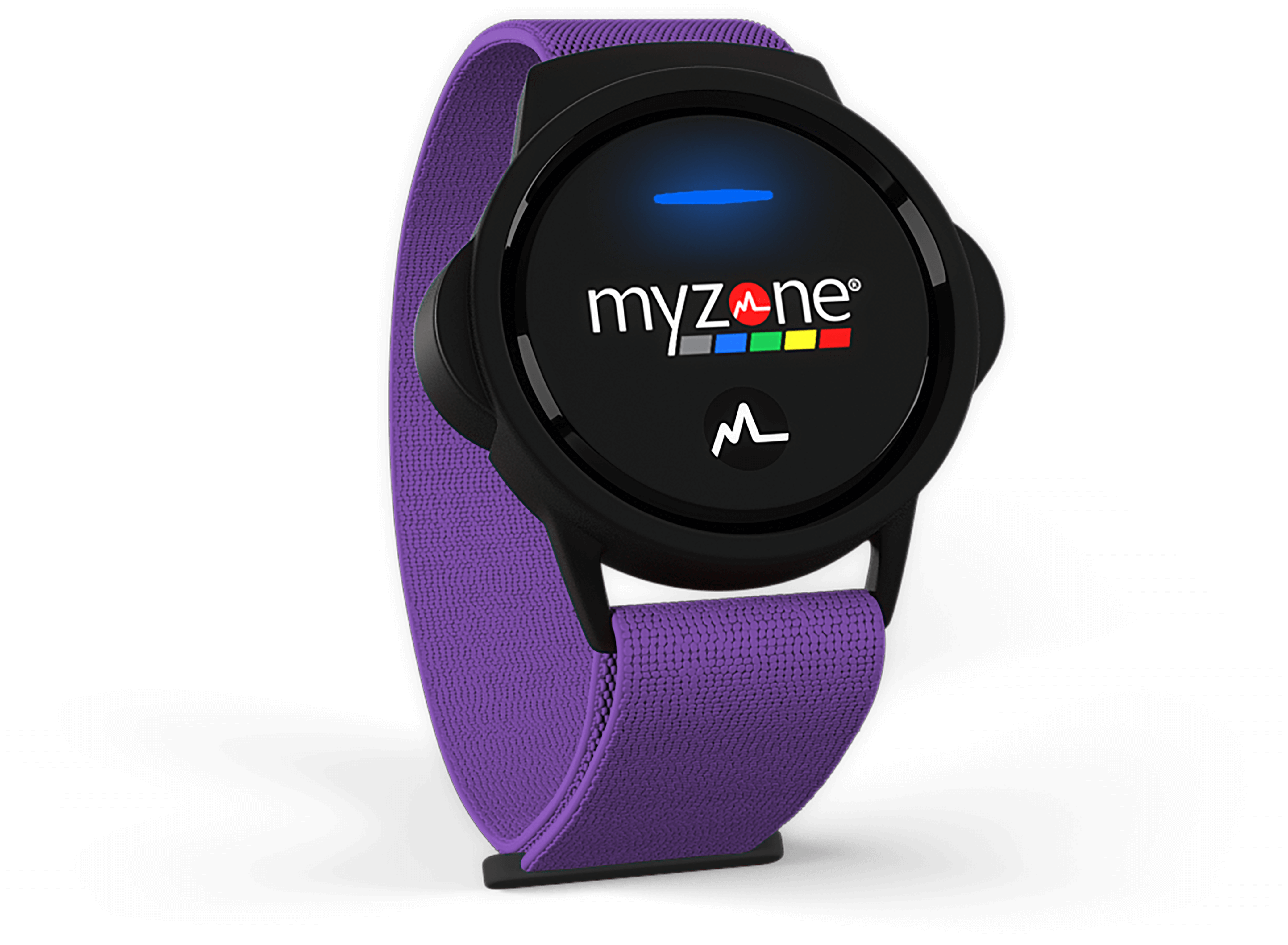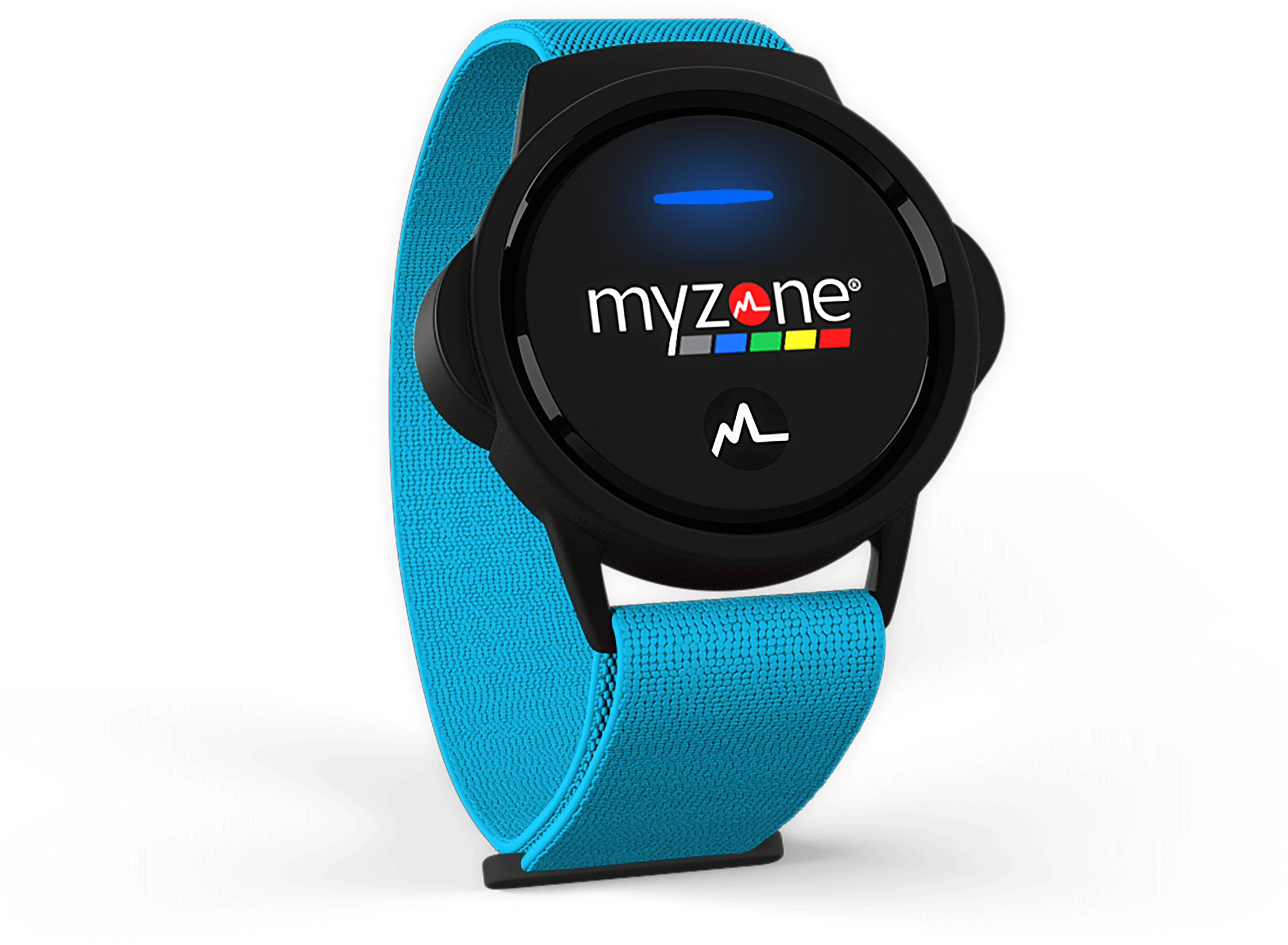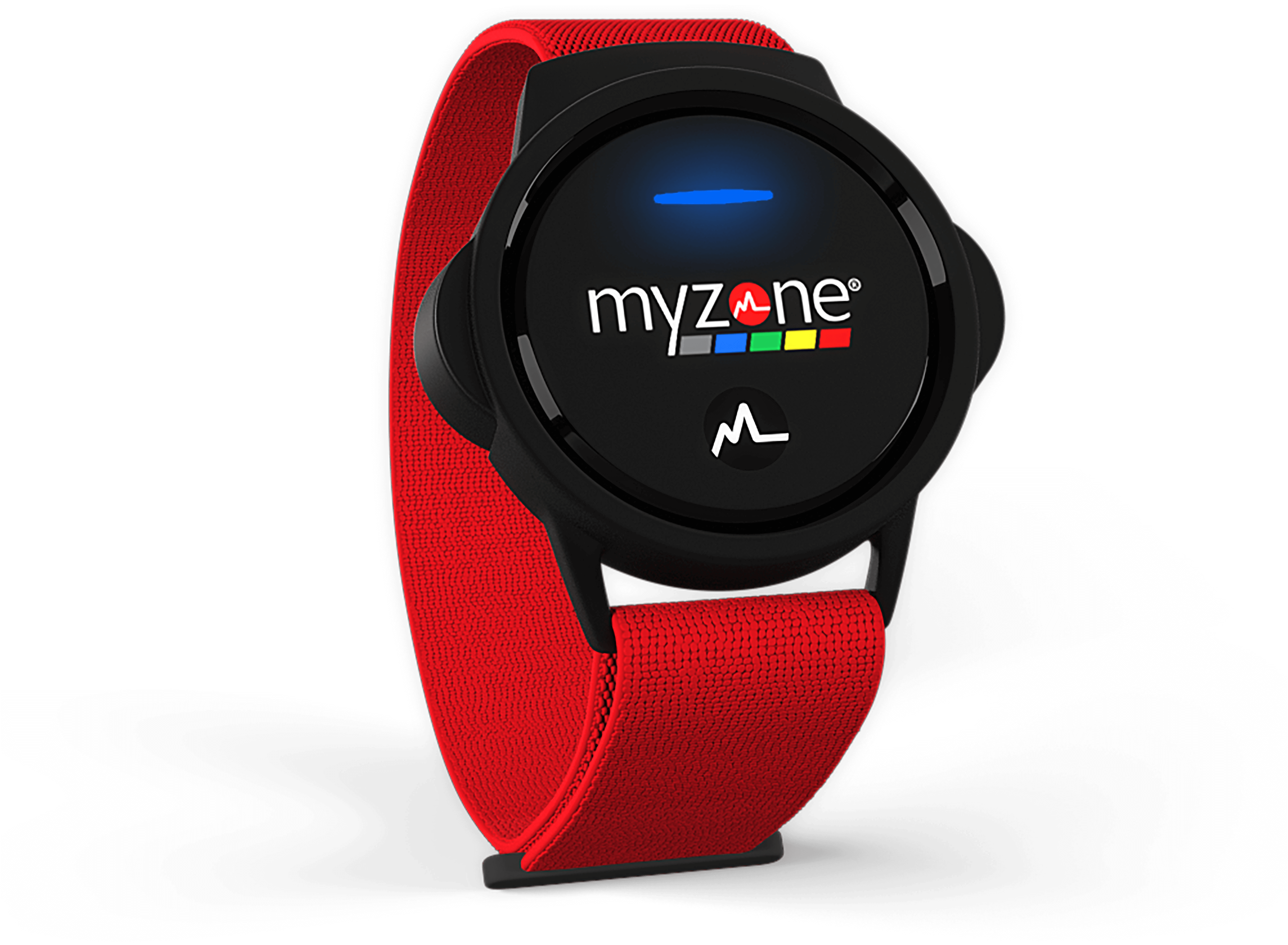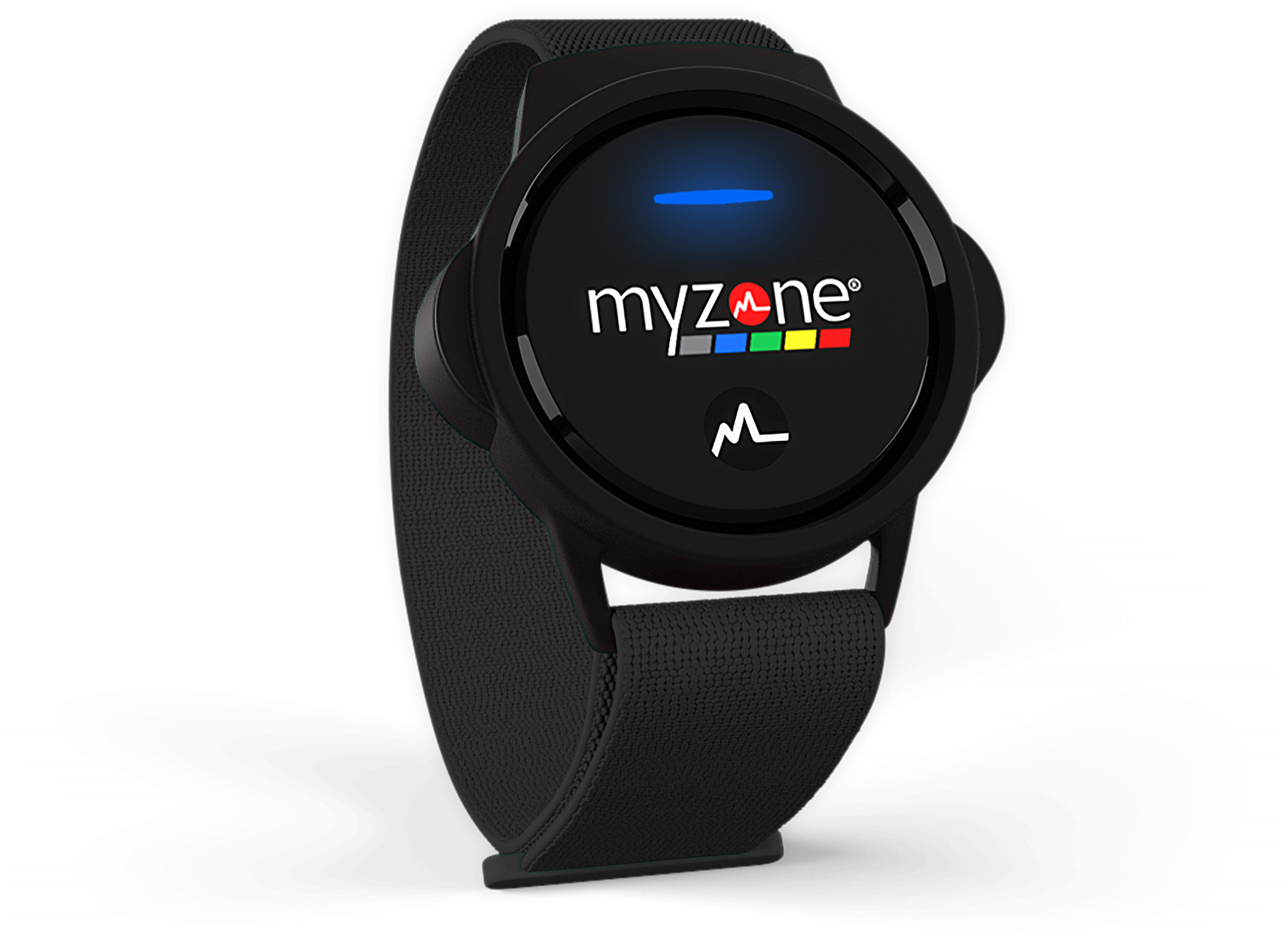When you start to get serious about your fitness, you may think about investing in a fitness tracker. Your first course of action before purchasing will probably be to ask your friends about the wearables they are using. Undoubtedly, many of them will admit that they wear their wrist tracker or use their phone app, not so much for the accurate feedback they provide but for the opportunity to feel more in control of their health. And while they may be on to something, you know their suggested form of data is not the feedback you need in order to achieve your fitness goals.
The real question to ask yourself when considering investing in a wearable is: "What do I want to track?" Do you want a wearable that measures how many steps you have taken? Or would you rather know how much workout effort you have poured into each exercise session?
If you chose the latter, lets take a look at some of the fitness tracking methods available to you, so you know exactly where to invest:
The wrist tracker - Wrist trackers count your steps then estimate your calories burned. More recently, these devices attempt to measure your pulse. They shine a light into the blood vessels in your wrist to detect the changes in blood volume that occur each time your heart beats. Two of the major problems found in this method are 1) wrist trackers are not skin-tight, thus movement of the band up or down the arm result in inconsistent readings and 2) ambient light is able to leak in between the tracker and your wrist to throw off its light-based readings.
The fingertip monitor - These types of monitors are most often used in the hospital setting. While typically spot-on when measuring the BPM of the body at rest, many have been unable to accurately keep up with the BPM of the body in motion. So a fingertip monitor can not accurately track your heart rate during a triathlon, a Crossfit class, or a HIIT bootcamp.
The phone app - While a good first step in the right direction, a simple step counter is an antiquated (an not incredibly accurate) means of physical activity measurement. Step counting alone can not push you to meet your fitness goals. Some new phones feature heart rate detection by placing your finger on a sensor near the camera. Though this method can only be used to measure the heart rate while at rest, it was not made to track your BPM during physical activity.
The chest strap - A chest strap heart rate monitor is able to closely emulate an actual EKG machine by measuring the electrical pulses emitted by the heart--during almost all forms of exercise! Studies have shown the chest strap monitor to be among the most accurate wearable tracking devices during a wide variety of intense exercises.



